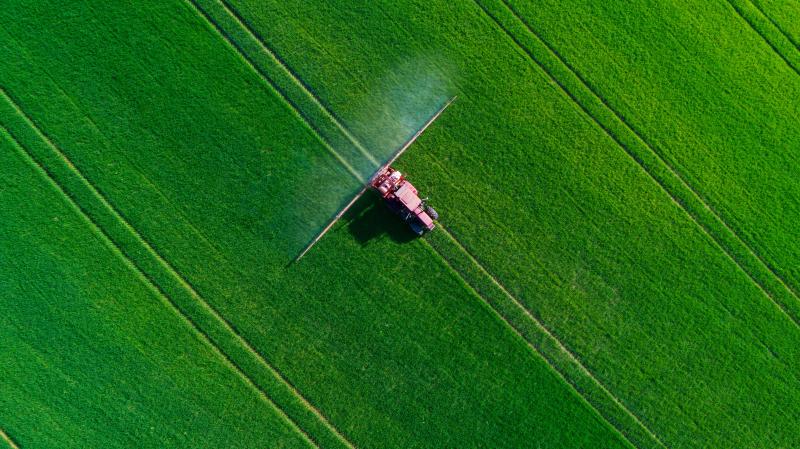AUTHOR
Farmers who want to make an investment in on-farm infrastructure should carefully plan how they intend to structure the ownership and funding of such projects.
Over recent decades, farming operations have moved away from sole trader and family member partnerships as the preferred operating structure.
Trusts and companies are now a common feature in many farming structures. In fact, many farmers are separating land ownership from farm operations entirely. They do this for many reasons, including asset protection, estate planning, tax efficiency and farm leasing models.
However, Australian tax rules haven’t changed to accommodate modern farming structures. What has worked well for the sole trader or family partnerships provides little flexibility for modern farming setups.
For instance, there are tax rules aimed at supporting farmers investing in water facilities, fencing, fodder storage and land care.
However, to claim an accelerated deduction for such costs, it is commonly required that the taxpayer (the legal entity) who incurs the costs must also be the one running the primary production business.
The rules provide some flexibility in the case of certain partnership arrangements, but when it comes to structures involving trusts and companies, our tax rules are decidedly unaccommodating.
Therein lies the structuring challenge.
If land is owned by a trust and the farming is conducted by another trust or company, which entity should undertake infrastructure works?
An accelerated deduction is often desired to help fund projects, by bringing forward the tax benefit. But to receive it, the infrastructure spend would need to be incurred by the operating entity. This is because the landowner will not be carrying on a primary production business if it is merely leasing the property to the operating entity.
On the other hand, for tax purposes the landowner, would only be able to write off such costs over a long period of time. This restriction has delayed many important infrastructure projects, especially where the landowner and operator are third parties. It is an unnecessary limitation that should be revised by government policymakers.![]()
When a private company is the operating entity and the land is owned by a related trust or individual, the challenges increase. This is because if the company makes permanent improvements on the land of a shareholder's associate and doesn't retain ownership of those improvements or certain associated rights, it can result in the company being deemed to have paid a dividend.
Infrastructure spending also requires careful planning around debt structuring. This is especially important when a private company uses its profits to fund infrastructure or to repay future debts of a related landholding trust or individual on a higher tax rate. In these instances, proper planning is vital.
The good news is that an experienced advisor can help you navigate these complicated rules, so that you arrive at an optimum structure for the ownership and funding of your next on-farm infrastructure project.
FOR MORE INFORMATION
If you would like to learn more about the topics discussed in this article, please contact your local RSM office.





